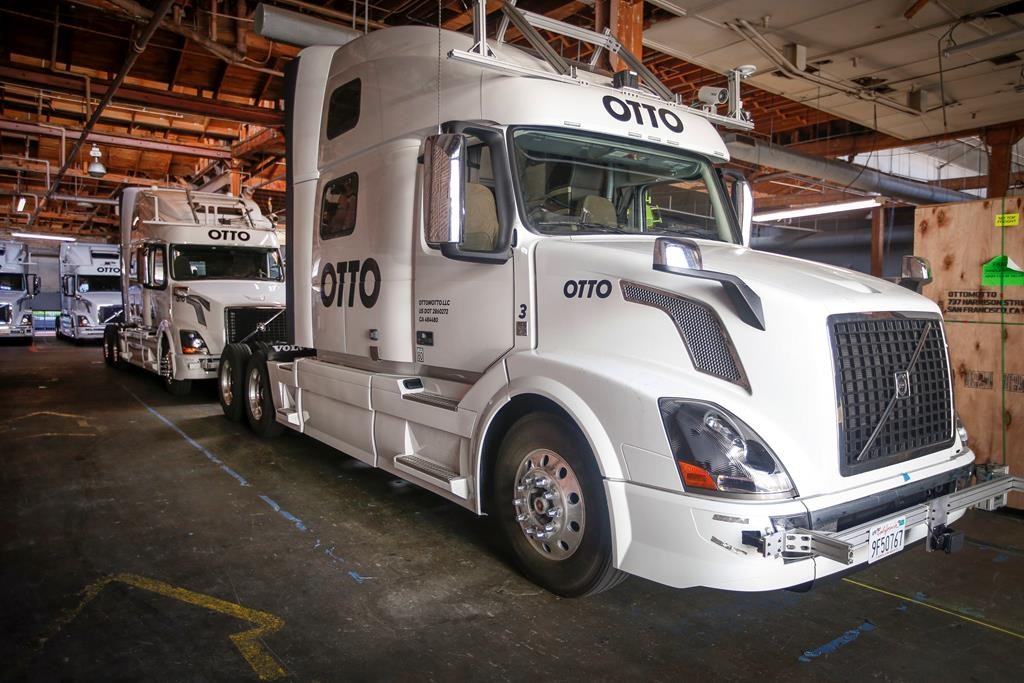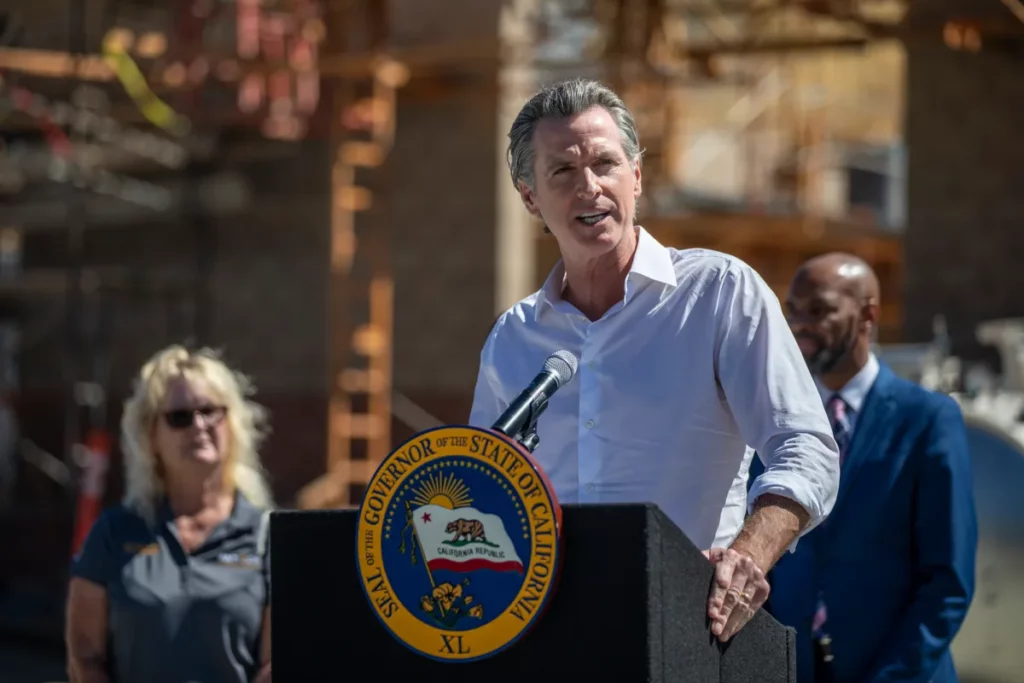The Controversial Decision: California Governor Vetoes Bill Banning Robotrucks Without Safety Drivers
In a move that has sparked intense debate and raised concerns about the future of transportation technology. California Governor, Gavin Newsom, recently vetoed a bill that aimed to ban the operation of robotrucks without safety drivers. The bill, which had gained significant support from safety advocates, industry experts, and lawmakers, aimed to ensure the safe integration of autonomous vehicles on the state’s roads. However, the governor’s decision has left many questioning the potential risks and benefits of this rapidly advancing technology.

Supporters of the bill argued that allowing robotrucks to operate without human intervention poses a significant threat to public safety. They emphasized the importance of ensuring that autonomous vehicles are thoroughly tested and proven reliable before granting them the freedom to navigate our roads. The fear of accidents caused by system malfunctions or unforeseen circumstances is a valid concern that cannot be ignored.
However, those who advocated against the bill stated that the decision to ban robotrucks without safety drivers. Would hinder technological progress and stifle innovation. They believe that autonomous vehicles have the potential to revolutionize the transportation industry. Making it more efficient, cost-effective, and environmentally friendly. By vetoing the bill, Governor Newsom has created an opportunity for further development of this technology that could benefit not only California but the entire nation.

Rethinking Safety Measures: Balancing Innovation and Public Safety
The debate surrounding the operation of robotrucks without safety drivers forces us to address a significant question: How can we strike the right balance between embracing innovation and ensuring public safety?

While there is no denying the tremendous potential of autonomous vehicles. It is crucial to establish rigorous safety measures that instill confidence in both regulators and the general public. Stricter regulations, comprehensive testing protocols, and ongoing monitoring of autonomous systems are essential to build trust and mitigate potential risks.
Additionally, it is vital to develop a clear framework that outlines the responsibilities and liabilities of all stakeholders involved in the operation of robotrucks. This includes manufacturers, operators, and government bodies. By clearly defining these roles, we can establish accountability and ensure that each entity operates within the boundaries of safety regulations.
Furthermore, ongoing collaboration between industry experts, policymakers, and safety advocates is paramount. Regular communication and information sharing can help address concerns, identify areas of improvement, and develop effective strategies to ensure the safe integration of autonomous vehicles on our roads.

Towards a Safer and Smarter Future: Striving for Technological Progress
While the decision to veto the bill banning robotrucks without safety drivers may have divided public opinion, it also presents an opportunity for us to learn, adapt, and strive for a safer and smarter future. Rather than stifling innovation, we must focus on harnessing the potential benefits of autonomous vehicles while prioritizing public safety.
As we move forward, it is essential for regulators, industry players. And the public to actively engage in conversations surrounding autonomous vehicles and their impact on our society. By educating ourselves and participating in shaping the policies and regulations surrounding this technology. We can ensure that we are not left behind in this era of rapid advancement.
Ultimately, the road to safer integration of robotrucks without safety drivers lies in striking the right balance between innovation and public safety. It is a complex task that requires collaboration, open-mindedness, and a commitment to continuously improving technology. As we continue to navigate this uncharted territory. It is crucial that we keep the well-being of our communities at the forefront of our decision-making process.



